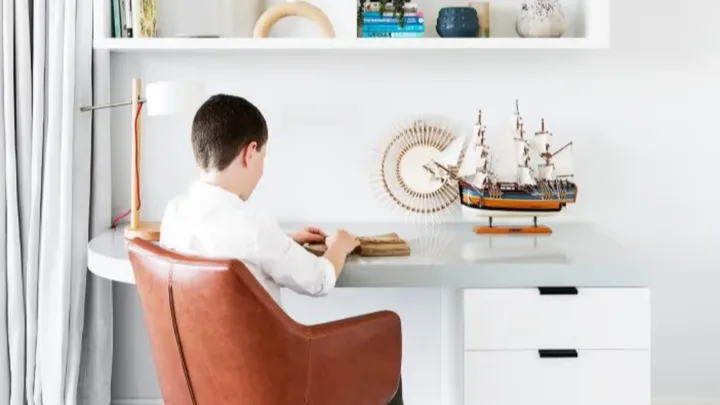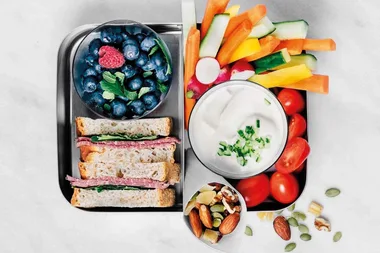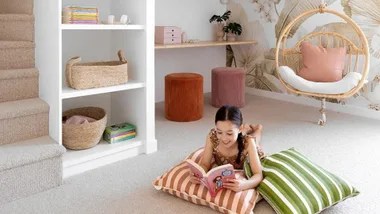Don’t you wish the answer to the question ‘How to contact school books?’ was simply, ‘don’t’? Covering exercise books in self-adhesive plastic (commonly known as ‘Contact’ or contact paper) is – like packing healthy lunchboxes – a back to school ritual that can either fill you with excitement at all the potential for personalisation and self-expression or send you running for the hills in fear of dreaded air bubbles and getting tangled in a ream of sticky plastic.
Covering school books in contact isn’t exactly mandatory but many teachers insist on the practice citing the following benefits: added protection against minor spills and wear and tear, a quick and easy way for students to identify their own books and finally, a way for children to express their personality in the colour, pattern and style of the contact they select.
Benefits aside, there’s no way around the fact that contacting books is a cumbersome task. Here we run you through the steps of contacting books like a pro (and what to do if you create more bubbles than you were aiming for) and our top hacks to avoid the process altogether if you just can’t even this year.

How to contact school books
What you’ll need
- Self adhesive contact paper
- Scissors
- Ruler
Method
- Roll out the contact so the grid guidelines are visible. Place an open exercise book on top of the contact and ensure the top and bottom of the book line up with the guidelines.
- Using scissors, cut around the outline of the book, leaving a two-centimetre border around each edge.
- There are two ways to do the next step. Option A: Contact the entire book in one go (this is the Officeworks method) or Option B: Focus on covering and perfecting the front cover and back cover separately.
Option A
- Peel back the top right hand corner of the contact. Line up the top right hand corner of the book’s back cover with the contact (leaving a 2-centimetre border around the edge) and stick the back cover to the exposed contact adhesive. Press firmly on the corner to ensure the book has made contact with the adhesive.
- Next, place your right hand firmly on the top right hand corner of the book and use your left hand to slowly peel the protective backing off the remaining piece of contact. Slide your right hand down and smooth the book into the contact as you pull the adhesive backing away. Continue until the adhesive’s protective backing is completely removed.
- Flip over the book and use a ruler to squeeze out any air bubbles.
- Cut away a ‘V’ shape at each end of the book’s spine. Cut the contact across the diagonal of each book’s corner (getting as close to the corner as possible without cutting it off). Fold up the 2cm border of contact.
Option B
- Peel back just enough of the contact adhesive backing to expose a 3cm strip of adhesive along the right-hand edge of the contact. Place the back cover of the book on the exposed adhesive, leaving a border of 2cm around the cover’s edge. Turn the book and attached contact over.
- Using a ruler, smooth the edge of the book into the contact and ensure there are no air bubbles. Place your right hand firmly on the edge of the book and contact. Use your left hand to peel away the adhesive backing, smoothing the book into the contact as you go, until you reach the book’s spine.
- Using scissors, cut the contact across the diagonal of the back cover’s top and bottom corners (getting as close to the corner as possible without cutting it off). Make a diagonal cut (\) towards the book’s spine. Use a ruler to smooth out any air bubbles in the back cover. Fold up the 2cm border of contact.
- Repeat on the book’s front cover.
Quick tips for covering school books
- Avoid the temptation to peel away the protective backing in one go. This is a one-way ticket to the contact sticking to itself, creating air bubbles and wrinkles – all of which will ruin the end result.
- Keep a ruler handy for smoothing out any bubbles that pop up (and they will pop up).
- If you’re truly hopeless at contacting school books, opt for contact paper with a busy design. This will conceal any imperfections much better than a cover in a solid colour.
Essential school book covering supplies to shop
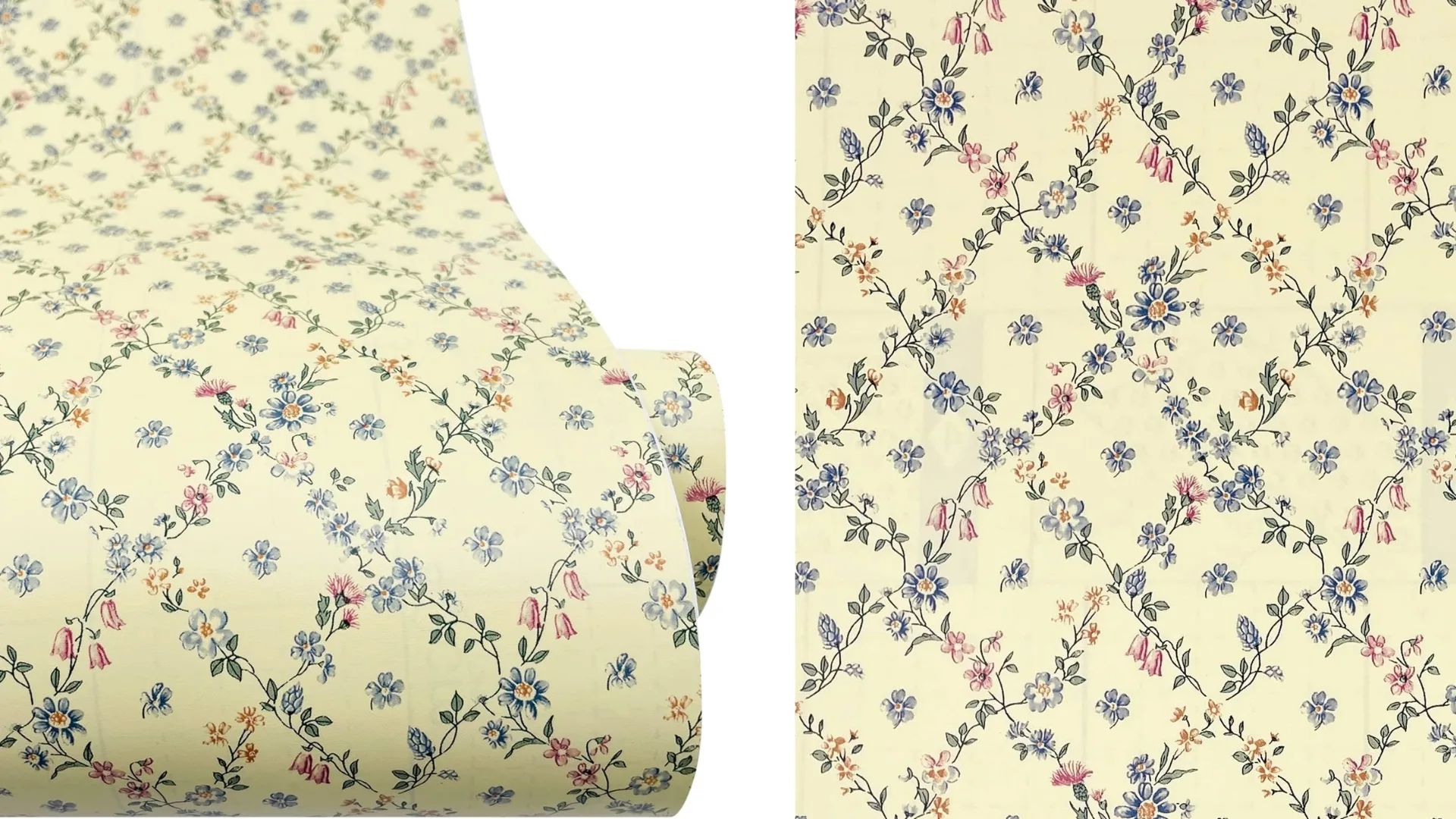
01
‘Summer blooms’ contact paper, Amazon
$34.46
Featuring a pretty, vintage floral motif, this water-resistant contact paper isn’t just for books! You can use it to freshen up drawers, as wallpaper and more!

02
Clear 5m / 450mm school book covering self-adhesive, Myer
$24
Clear contact reigns supreme. You can use it to cover not just exercise books, but important reading materials as well. You can even customise your child’s book coverings by first covering them in a layer of decorative paper or wrapping paper and then sealing everything with a layer of protective contact.
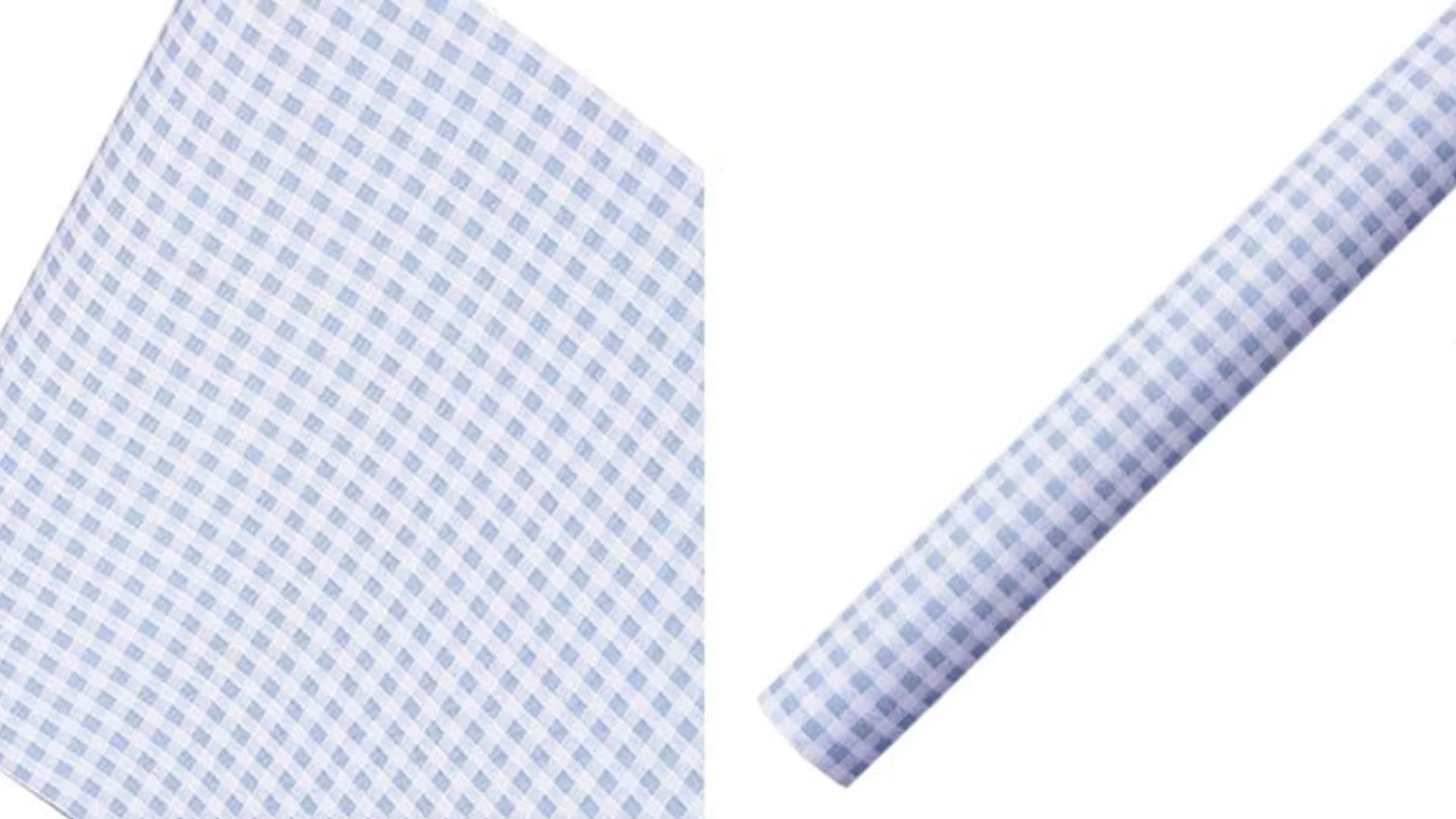
03
Blue-white gingham contact paper, Amazon
$35.21
Life may not be a picnic, but there’s no reason covering books shouldn’t be! This gingham contact paper is an inspiring shade of blue and will provide the perfect backdrop to your child’s selection of stickers.
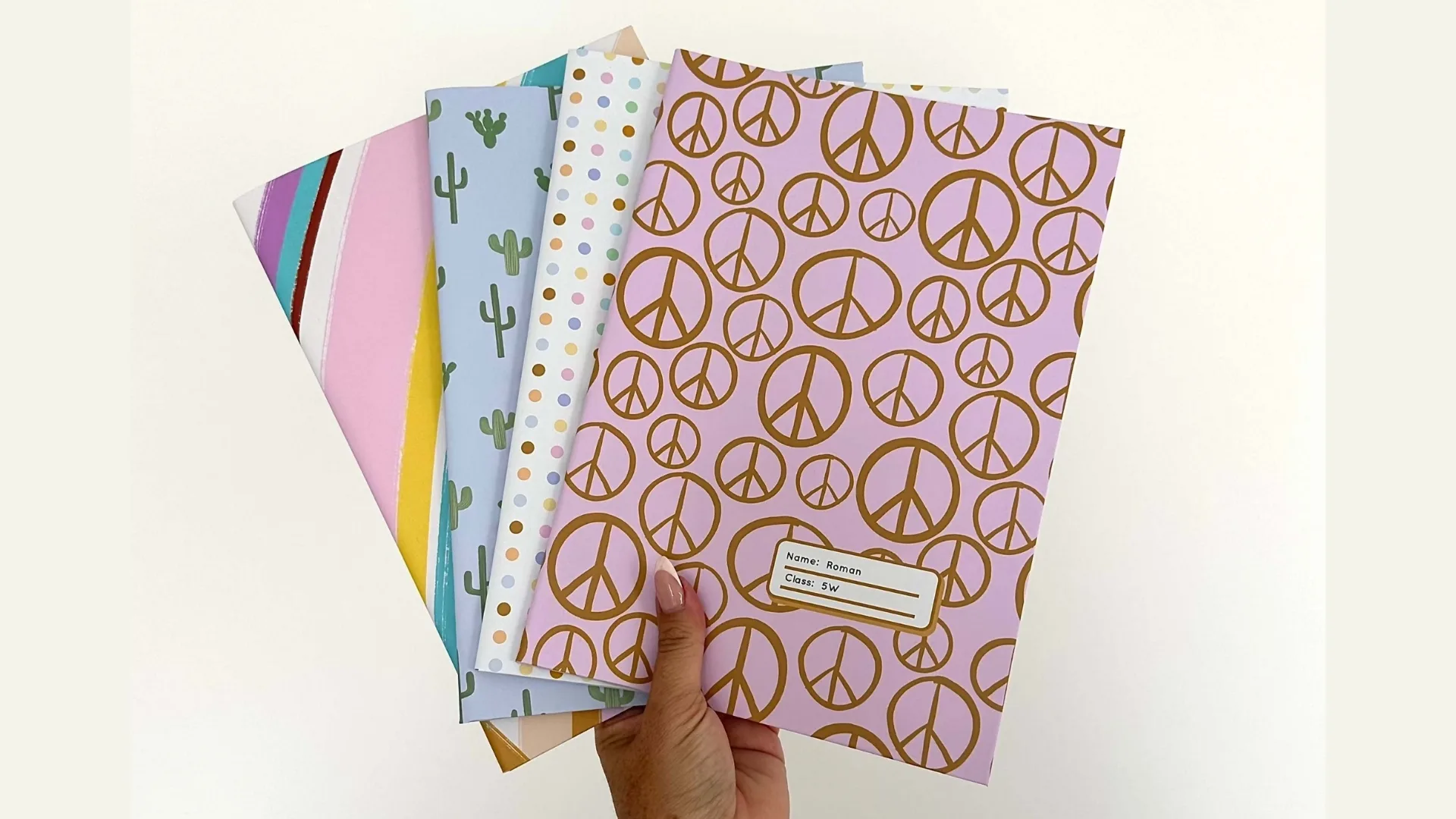
04
Pre-cut self-adhesive book covers, blond + noir
$35
Select your own set of customisable pre-cut book covers at blond + noir. You can pick from a range of exclusive prints and select the size book you need to cover (small exercise book, A4 exercise book and scrap book sizes are available).
5 ways to avoid contacting books
1. Protective book covers
These days you can get packs of protective book covers that you just slip onto school books so you can get the job while skipping the stickiness. The best part? They’re pretty durable so there’s a fair chance you’ll be able to reuse them again next year.
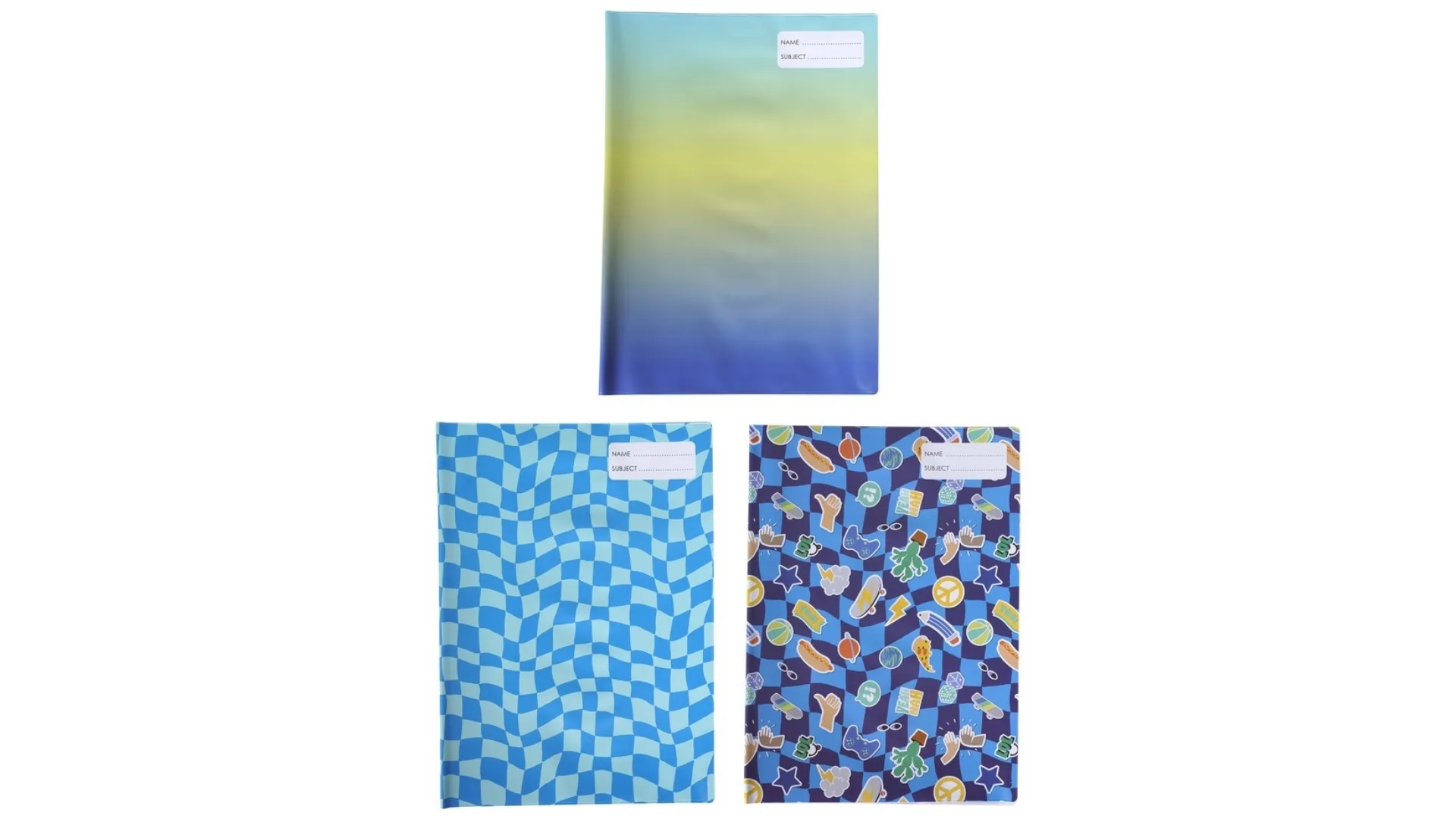
05
Brilliant basics A4 printed book covers, Big W
$1 (each)
Book covers are a godsend for the contact challenged parent. Simply slip the book’s cover into the pouches and you’re done!
2. Cover with paper instead
Leftover wrapping paper or wallpaper? Turn it into decorative book covers. Simply wrap the book in the paper, tape down the edges and you’re done! This may not protect the books as well as plastic, but it will satisfy the personalisation and self-expression criteria.
It’s also much better for the environment. Your child can further customise their books by decorating with their favourite stickers.

06
Lulu oversized floral cobalt wrapping paper, Typo
$6.99
Colourful wrapping paper is a great eco-friendly alternative to self-adhesive book covers. Use washi tape to secure the edges for even more personalisation potential.

07
Geo wrapping paper roll in green, Kikki K
$9.99
Colourful, retro, geometric goodness – this wrapping paper will stand out in a pile of boring old school books. It’s made with high quality 80gsm paper and will provide plenty of durability throughout the school year.
3. Get your kids to do it
At a certain age, kids like to do things by themselves. Hand over the roll of contact paper and watch with amazement as your kids take on the task with determination and gusto.

(Photography: Simon Whitbread | Styling: Ashley Pratt)
4. Invest in professional library supplies
Have you ever noticed how library books are covered in a flexible sheet of protective plastic. It’s not contact which therefore makes it much easier to work with. Non adhesive book covering is available in transparent, clear, red, green, blue and yellow. It’s great for protecting beloved hardback books in your own collection, too.
5. Fabric book covers
Whip out the sewing machine or head on over to Etsy for cute fabric book covers. Covering books with fabric is a great way to personalise your child’s stationery and use up any spare fabric (an old bedsheet, tablecloth or curtain, for example) you might have hiding in a cupboard at home.
Last, but not least, don’t forget the name labels.
If you have incredible penmanship, there’s no shame in labelling schoolbooks with a Sharpie. But, for that added level of pizzaz, select a funky name label and let your kids apply the finishing touches.
